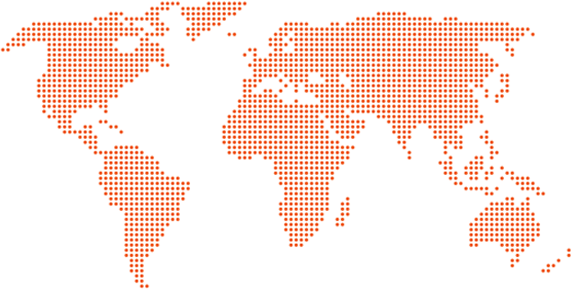Since the mid-90s, Russia has been planning an economic counterweight to the EU based around the countries of the former Soviet Union. The inauguration of the customs union between Russia, Kazakhstan and Belarus with effect from 1 January 2010 is the most decisive step so far in this strategy, says Innsbruck political scientist and Russia expert Gerhard Mangott. The way is clear for the creation of a common economic zone by 2012. A common currency is also planned.
According to Mangott, the customs union enables the participating countries to considerably simplify the exchange of goods. Russia in particular sees the new customs agreement as an opportunity to protect its own industry. The common customs code is due to be finalised by 1 July 2010. Meanwhile, the member states are busy harmonising aspects of the arrangement that do not concern precise levels of duty payable.
So far, the Kremlin has held the upper hand in negotiations, with the Russian government under Vladimir Putin securing a voting majority in the body set up to determine rates of duty. Mangott further points out that the current arrangement requires Russia to adapt to only around 8 percent of the 4,000 to 4,500 customs rates.
In his opinion, the union is also an instrument for attracting foreign investment plus associated modern technology to this market of around 170 million people. High export and import duties could make it difficult to produce certain goods for the customs union outside its borders. In the past, Russia has unashamedly used customs duties as a means of stifling free trade. For example, high import duties were imposed to protect the country’s automotive industry.
Mangott considers it highly likely that the union will reach agreement on common external tariffs by July 2010. However, he is more sceptical about duties levied within the union, as revealed by the recent spat between Russia and Belarus about oil. The background to this dispute was that Belarus wishes to import Russian oil at cost price, an aspiration that has not gone down at all well in Moscow, as the Belarusians take cheap crude from Russia, refine it locally and then re-export it at a premium.
Threat of extra costs amounting to millions
According to EU estimates, the customs union could lead to additional costs for western companies amounting to €900 million. As yet, there are no concrete figures on profit or loss for individual investors. For example, the German Trade Invest agency has reported that duties on imports of branded clothing and household goods to Russia have fallen. It is also supposed to be cheaper to import furniture than before.
The Austrian trade delegate in Moscow, Dietmar Fellner, says that he has not received any complaints from Austrian exporters to date. At the moment, there is a transitory situation in which the old regulations still apply but new ones are also in force. Fellner is broadly expecting a unified rate of duty to be set at 15 percent for imports to all three member countries. This would mean an increase for Kazakhstan and Belarus, whereas importers to Russia would see some reductions.
Further candidates for membership
Mangott sees Ukraine as a possible recruit to join the three founder states. Recently elected President Viktor Yanukovych is considering possible membership for his country. Of particular interest to Kiev would be the duty-free import of oil and gas to supply its own energy needs. But pre-existing commitments to the WTO would rule out full membership. Also knocking at the door of the customs union are Tajikistan and Kyrgyzstan.
Russia has signalled that it is all in favour of a strict customs regime with no ”grey areas” on the external borders of the Russia-Belarus-Kazakhstan union. In early February, Russian Prime Minister Putin said of the customs union: ”We must be very clear about eliminating any sort of ‘grey areas’ that could be exploited by unscrupulous traders.” He sees the triple entente as having tremendous growth potential and acting as a powerful magnet for new technologies.

![Menu [Translate to Հայաստան:] Tools](/fileadmin/_processed_/c/a/csm_People_of_GW_Vorarlberg_2021_20632_961096b3d9.jpg)


